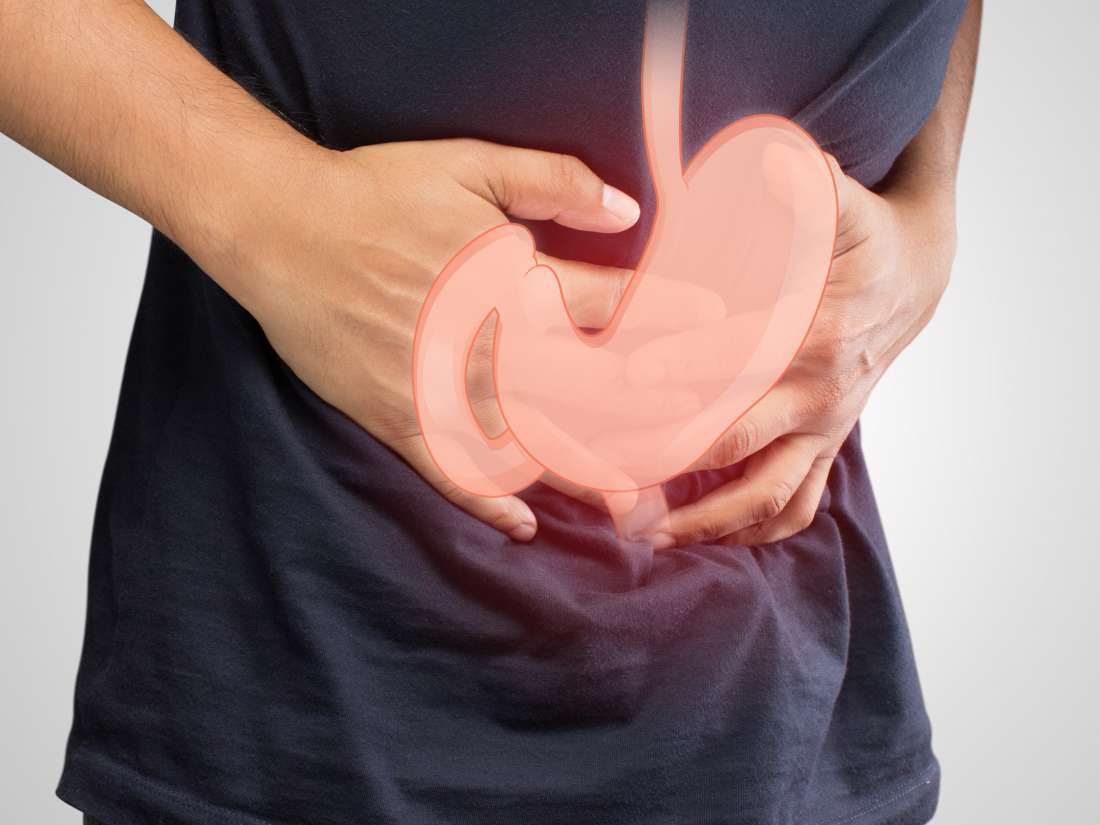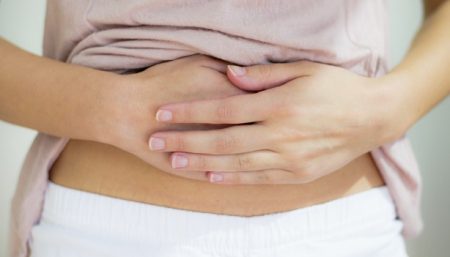Gastroparesis or delayed stomach emptying can be bothersome and sometimes lead to serious symptoms, as well as malnutrition, because food is not being digested properly.
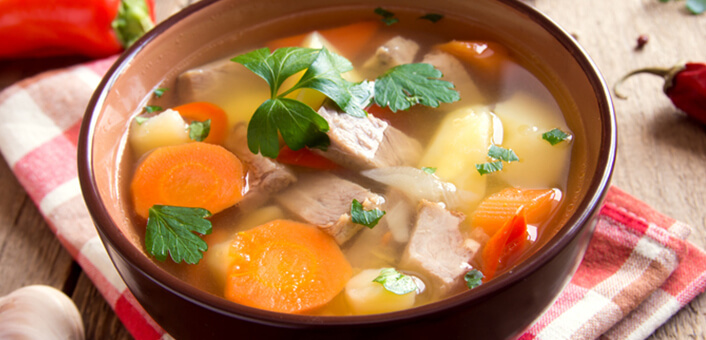
During the process of digestion, the stomach must contract to empty itself of food and liquid. Normally, it contracts about three times a minute. This empties the stomach within 90-120 minutes after eating. If contractions are sluggish or less frequent, stomach emptying is delayed.
There are three steps in Management of Gastroparesis diet.
STEP 1 DIET consists of liquids, which usually leave the stomach quickly by gravity alone. Liquids prevent dehydration and keep the body supplied with vital salts and minerals. The purpose of the gastroparesis diet is to reduce symptoms and maintain adequate fluids and nutrition. Any liquid to be ingested should have some caloric content. A multiple vitamin supplement should be prescribed. The goal should be to ingest 1,000 to 1,500 cc per day in multiple servings, e.g. twelve 4 oz. servings over the course of 12-14 hours. Avoid: Citrus drinks of all kinds and highly sweetened drinks.
STEP 2 DIET provides additional calories by adding a small amount of dietary fat — less than 40 gm each day. For patients with gastroparesis, fatty foods and oils should be restricted, because they delay stomach emptying. However, patients at the Step 2 level are usually able to tolerate this amount. Peanut butter, cheese, and crackers may be tolerated in small amounts. Caramels or other chewy confections may be tried. These foods should be given in at least six divided meals per day. A multivitamin should be prescribed. The goal should be to ingest approximately 1,500 calories per day. Patients who can accomplish this will avoid dehydration and will hopefully ingest enough calories to maintain their weight. Try to Avoid: Creamy, milk-based liquids. The fat in the meal will delay emptying of the stomach.
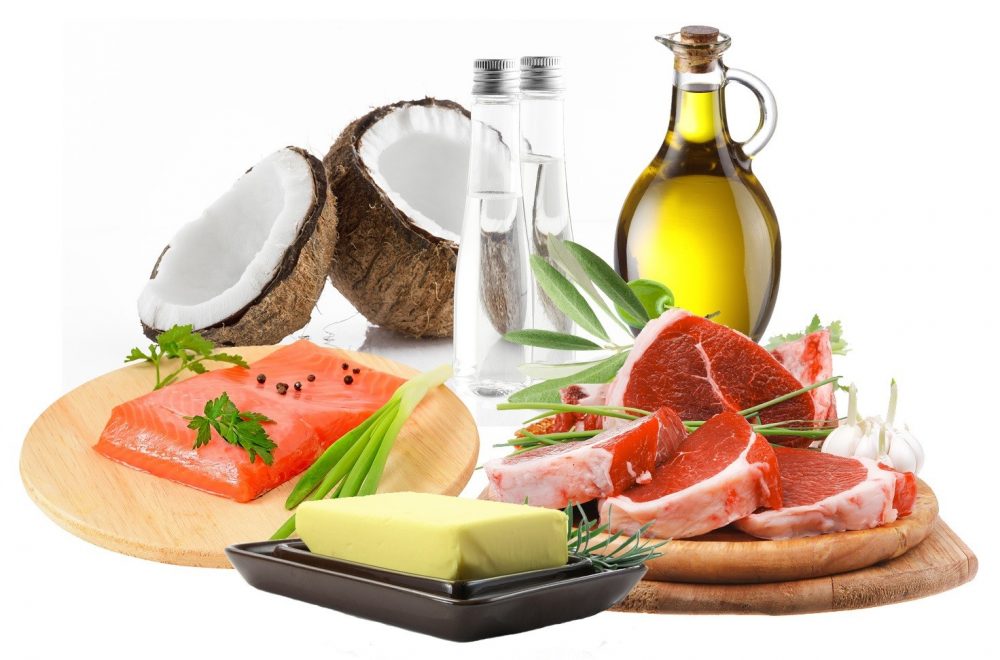
STEP 3 DIET is designed for long-term maintenance. Fat is limited to 50 gm per day, and fibrous foods are restricted, because many plant fibers cannot be digested. Starches such as noodles, pasta, potatoes and rice are easily digested and emptied by the stomach. Thus, soups, mashed potatoes or baked potatoes, pasta dishes, rice and baked chicken breast and fish are usually well tolerated sources of carbohydrate and protein. Solids should also be ingested in six small meals per day. A one-a-day vitamin should be prescribed. The goal is to find a diet of common foods that the patient finds interesting, satisfying, and that evoke minimal nausea/vomiting symptoms. Avoid: Fatty foods which delay gastric emptying and red meats and fresh vegetables which require considerable digestion. Avoid pulpy fibrous foods that promote formation of bezoars.
If you notice particular foods which trigger or worsen your symptoms, start a food and symptom diary and see a Dietitian to discuss this.
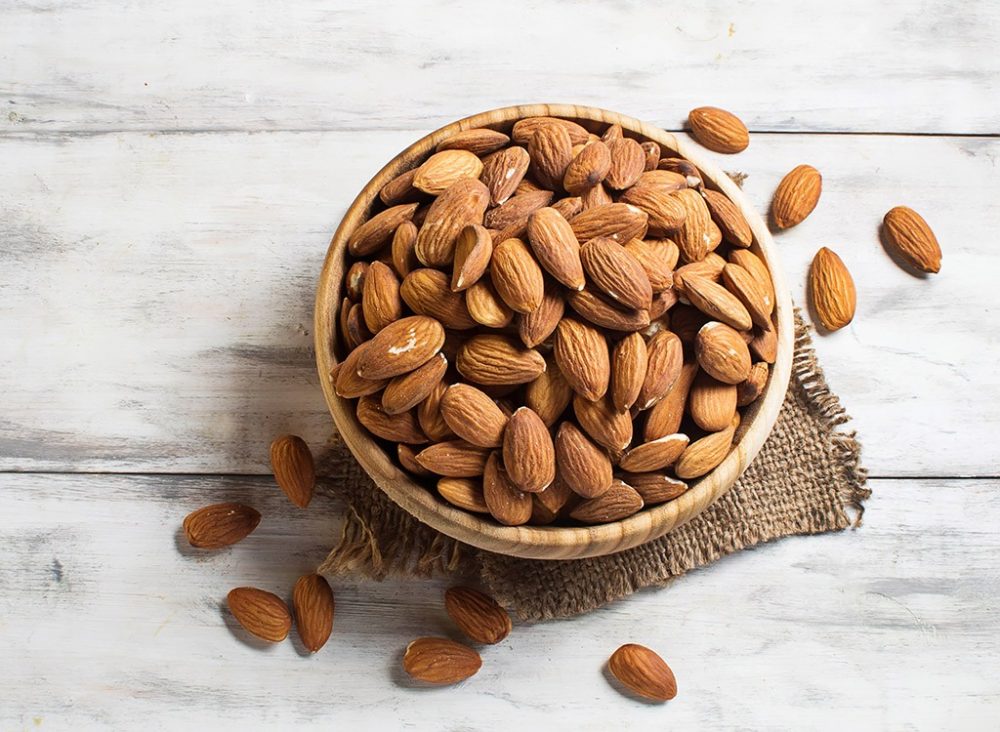
General Recommendations:
|
Reference:
http://gastroparesisclinic.
Disclaimer
The Content is not intended to be a substitute for professional medical advice, diagnosis, or treatment. Always seek the advice of your physician or other qualified health provider with any questions you may have regarding a medical condition.
